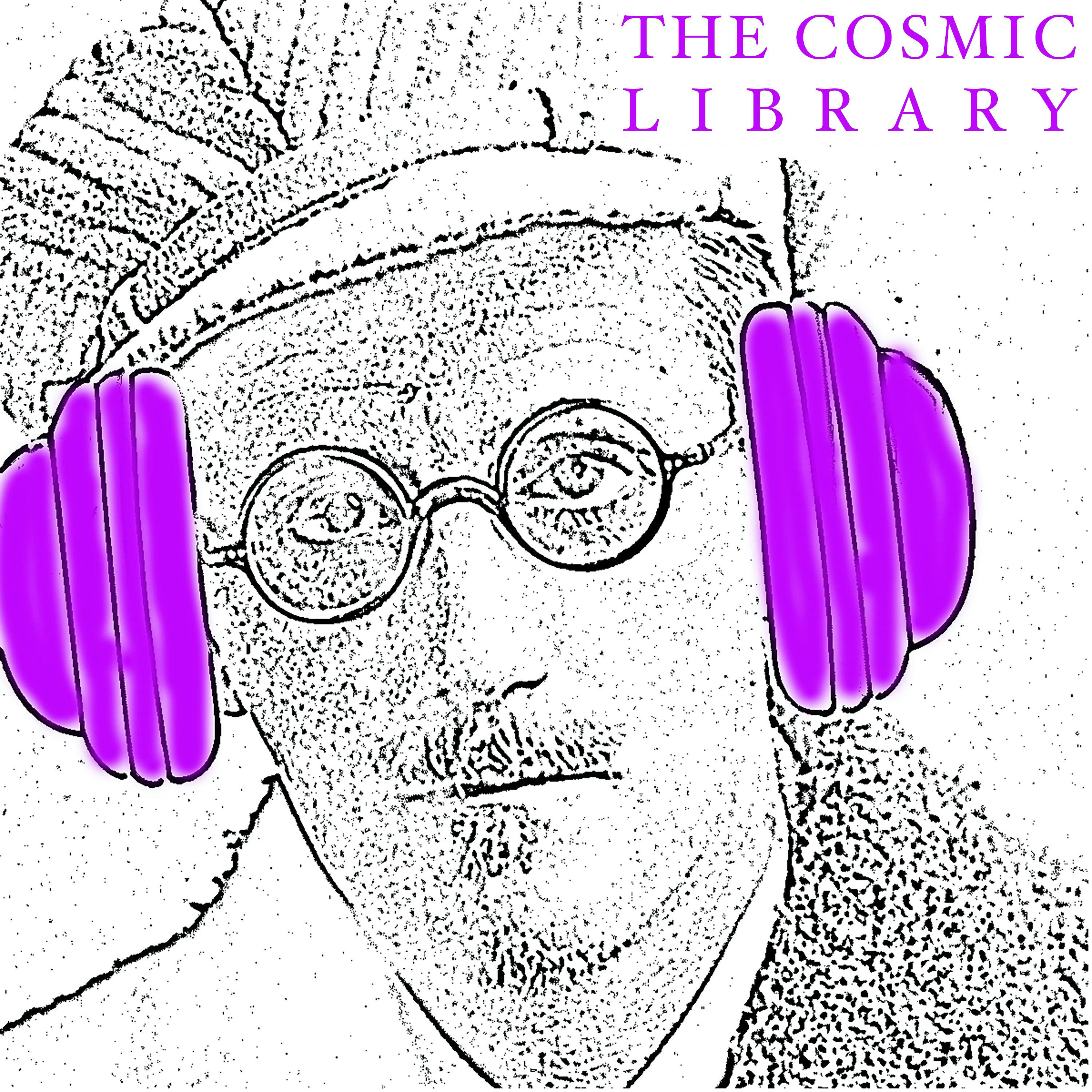4. Familiar Language
Description
Think of your most obscure, private, family chatter—some combination of baby-talk and nicknames and reiterations of the same concerns or jokes. It wouldn’t make sense to outsiders, but it makes a special kind of sense to you. It’s language that communicates in a highly local way, and not at all in other ways. And yet: everyone sort of knows how this language works. In Finnegans Wake, that private language converges, even, with broadly recognizable mythic language. We’re reading about a family—the patriarch HCE, the mother ALP, the sons Shem and Shaun, and daughter Issy—but they’re all associated with mythic figures: Aesop’s characters (the ant and grasshopper turn into the Shaun-like responsible Ondt and the Shem-like irresponsible Gracehoper), the HCE-like Humpty Dumpty, and, most Irishly, Finn MacCool. The Wake shows us how the super-local is also mythical, shared.
Wittgenstein framed the idea of private language as follows: “The words of this language are to refer to what only the speaker can know—to his immediate private sensations. So another person cannot understand the language.” But in the Wake, the most inscrutably private language echoes beyond privacy. The cryptic HCE’s name at one point stands for Here Comes Everybody; characters flow into one another, mix together in their most private moments. Washerwomen gossiping about the private lives of ALP’s family are overcome by the river that is itself tied to ALP, swept up into the mystery rather than ejected from it.
The document that supposedly might reveal ALP’s family truth is the “mamafesta,” a manifesto of the mama. Joyce mocks usual methods of interpretation, Freudian and Marxist, of this document. Efforts to interpret that private language create epic resonances, of Greek language and grandiosity, useful in a story about the epic dimensions of everyday characters. You can see some of that here:
"that (probably local or personal) variant maggers for the more generally accepted majesty which is but a trifle and yet may quietly amuse: those superciliouslooking crisscrossed Greek ees awkwardlike perched there and here out of date like sick owls hawked back to Athens"
The most majestic connection to HCE would be the mythic Finn MacCool, the Irish hero linked to the fallen Finnegan in lines like, “Macool, Macool, orra whyi deed ye diie?” In this episode, the scholar Katherine O’Callaghan describes how HCE’s fall and rise recall the fall of the ancient Irish hero, the fall of “a sort of Finn” and “the old myths of the Fionna, a warrior tribe in Ireland in the first and second centuries, with Finn the leader.” O’Callaghan tells us that in the Wake, we find “the fallen Finn, but the idea of course in Finnegans Wake is that Finn himself might be woken in some way and come back out of his burial site and rise again.”
Learn more about your ad choices. Visit megaphone.fm/adchoices
More Episodes
The word “story” often comes after the word “bedtime,” and for good reason. Stories can frighten us, disturb and shock us, prompt us to change our thinking, but compared to most experiences, reading a story is tranquil. Podcasts, similarly conveying mediated encounters with other lives, are also...
Published 05/22/24
Published 05/22/24
“If my college-age self, reading White Noise, had thought I would one day be discussing word placement with Don DeLillo, I would have had a heart attack,” Deborah Treisman says in this episode. Since those days, in her role as fiction editor at The New Yorker, she has indeed discussed word...
Published 05/15/24


